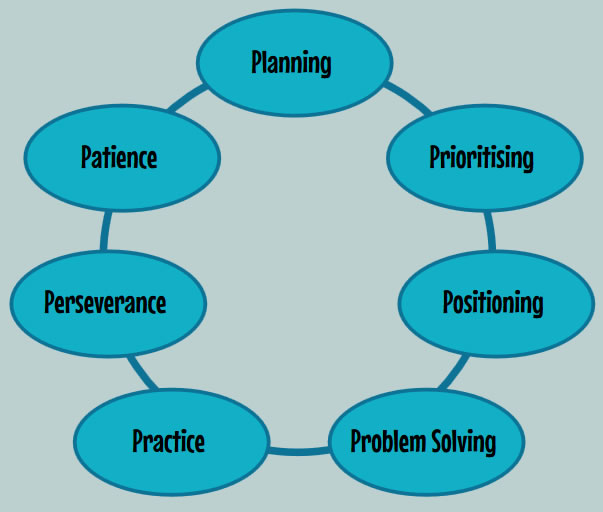View text alternative

The ‘P’s’ of Pacing =
- Planning – Think ahead. For example, when shopping order it online, or only carry the number of items you can comfortably manage without becoming too exhausted
- Prioritising – What do you need to be able to do? For example, is it more important that you hang the washing out or prepare your evening meal. What’s the most important thing for you at that time?
- Positioning – What is the best way for you to manage these tasks physically? For example, are there ways for you to complete the task without you having to stand e.g sitting down to do the ironing.
- Problem Solving – What can you do when you have a setback? For example, looking for alternative ways to do something e.g. if mornings are particularly bad for you, you may want to postpone doing tasks until your inhalers have taken effect.
- Practice – The more you are familiar with a task, the easier it becomes. For example, practising your relaxation will allow you to control your breathing making everyday tasks easier.
- Perseverance – Don’t be hard on yourself. It will need more than a few attempts. For example, if you’re finding it difficult to stick to a healthier diet or give up smoking.
- Patience – Give yourself time to get pacing right. For example, pacing is a skill you need to learn, it doesn’t come naturally to everybody, there are people who can help you with this, and you can also try some of the tips on this website.





